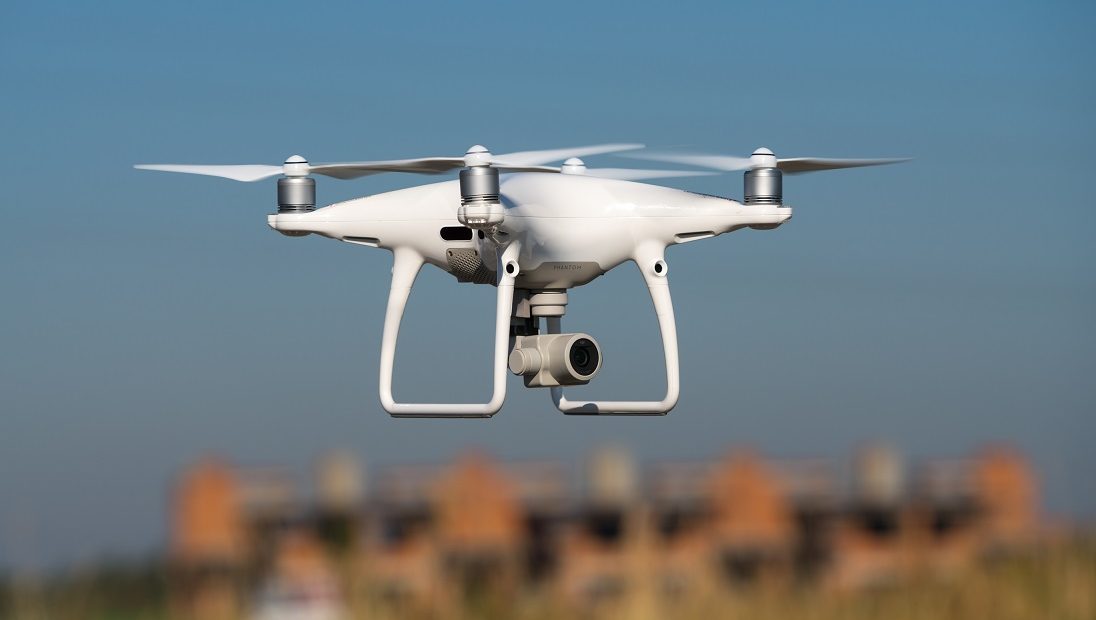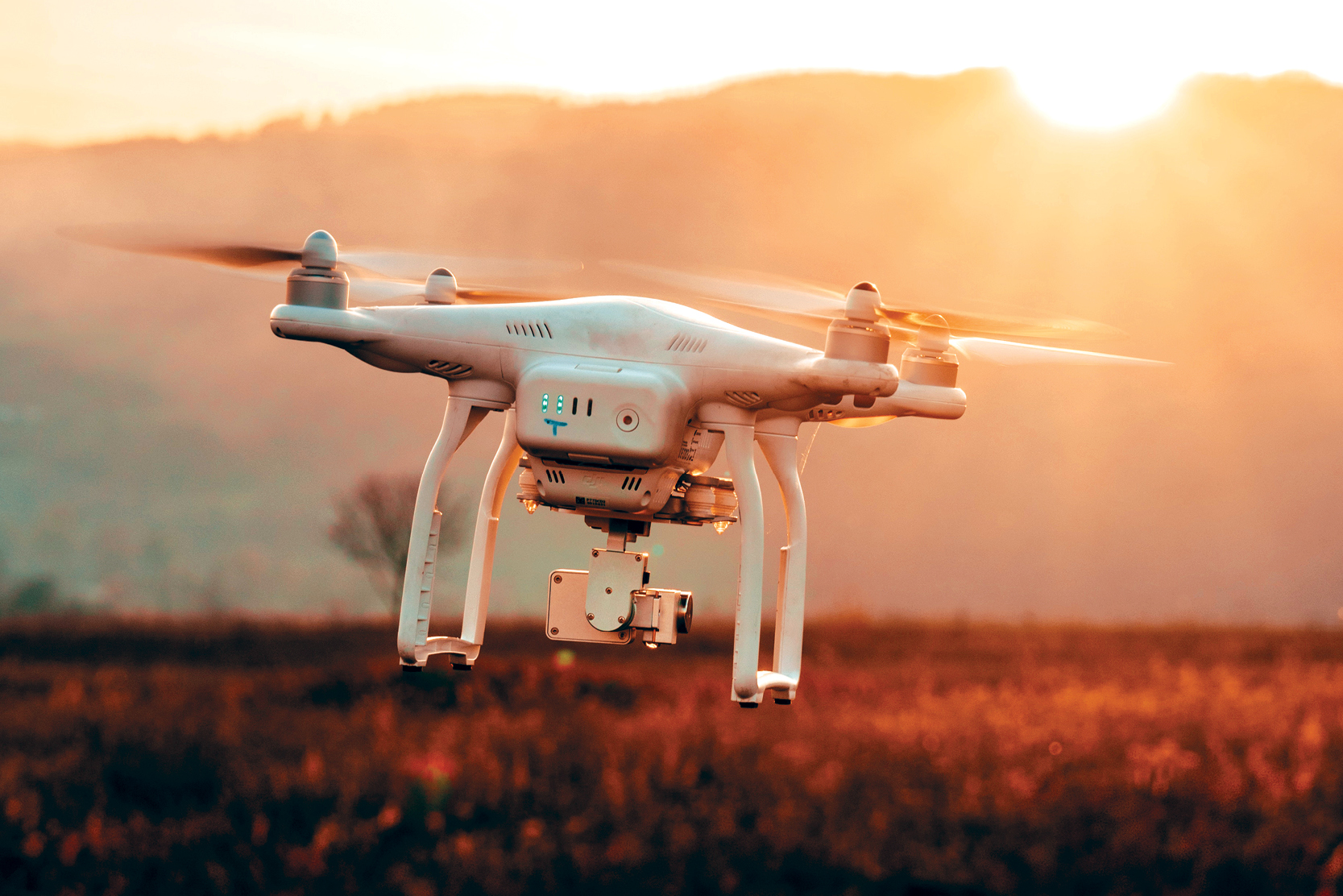Building a remote control drone can be a fun and rewarding project for those interested in electronics, mechanics, and aviation. Here are some general steps to follow when building a remote control drone:
- Research: Before starting to build a drone, it's important to research different types of drones, their components, and the basic principles of how they work. You should also familiarize yourself with the different materials and tools that are required.
- Design: Create a design for your drone, including the size, shape, and layout of the components. This will help you to determine the materials and parts you need, as well as how to assemble the drone.
- Gather materials: Purchase or gather all the materials and tools required to build the drone, such as a frame, motors, propellers, battery, and electronics. You can purchase these parts online or from an electronics store.
- Assemble the frame: Assemble the frame using the materials you've chosen, this can be made of plastic, carbon fiber or other materials. The frame will hold all the other components of the drone.
- Install the electronics: Install the electronics, such as the flight controller, speed controllers, and receiver, according to the design and wiring diagram. Connect the motors and the battery to the electronics.
- Install the propellers: Install the propellers onto the motors, making sure they are facing the correct direction and securely fastened.
- Test and calibrate: Before flying your drone, you need to test and calibrate the electronic components and software. Make sure all the electronic components are working properly and that the drone is balanced.
- Remote control: Connect the remote control to the drone's receiver and test the control range. Make sure the drone is responsive to the remote control commands.
It's important to note that building a remote control drone requires a lot of knowledge and technical skills, it's also important to be aware of the safety hazards that come with working with small flying objects and to have the proper knowledge of regulations, laws and safety procedures. If you're not familiar with these areas, it's recommended to consult with professionals or experts before starting the project.


